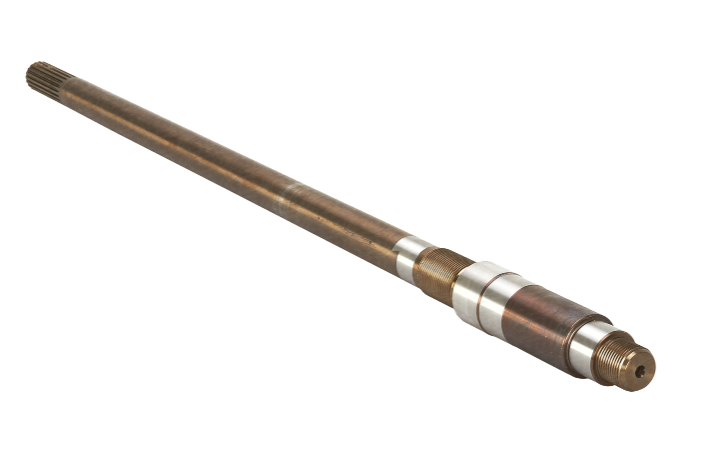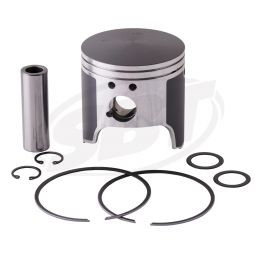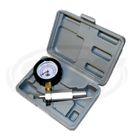Anyone who has played with jet skis (PWCs, whatever you want to call them) for a while has realized that the speedometers are almost never accurate. I have a Yamaha GPR that will consistently read 94 mph while I am actually going about 60 mph.
This is common to all makes and models except for the newest skis, which use GPS for their speedometer, and these are of course perfectly accurate.
So, how is it that companies that make wonderful engines and other electronic accessories can’t make a speedometer that works? Well, it isn’t the gauges fault.
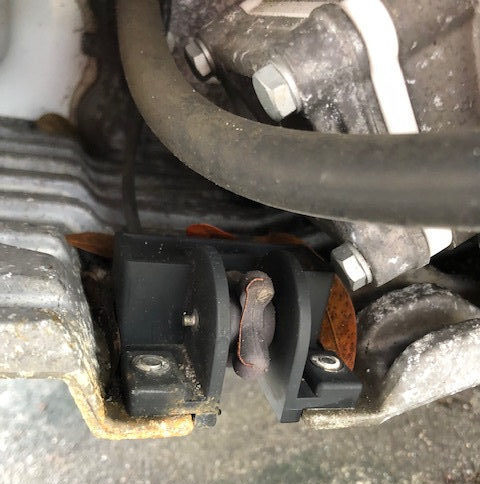
The set-up used to gauge speed is a speedo wheel. This small wheel is located on the bottom of your ski, at the back of the ride plate. As you ride this wheel spins sending the speed of it’s spinning to the gauges.
The gauge is accurate, it is displaying the exact speed of the little wheel spinning in the water at the back of the ski. The problem is that the spinning wheel is being pushed by water in a variety of conditions. So, while the gauge accurately reads the speed of the spinning wheel, this is not a direct representation of how fast the ski is going.
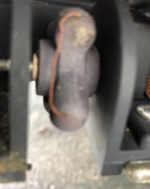
When ever the ski hops, the wheel might spin faster or slower, even though the ski is maintaining the same speed.
If the ride plate allows for ventilation, the wheel is spinning in the foam and won’t be running the same speed as if it had clean water.
The truth is, the wheel will rarely have clean water, and even if it did the water spinning the wheel will not be a good indication of how fast the ski is actually going.
This means the ONLY way to accurately measure your speed is to download a GPS speedometer app on to your phone (or use a radar gun, if you have one…)
Some of the available speedometer apps for your phone are:
- SpeedView by Code Sector
- Dynomaster by Trackaroo
- Speed Tracker IOS
- Speed Box
- DigiHUD Speedometer
- GPS Speedometer
